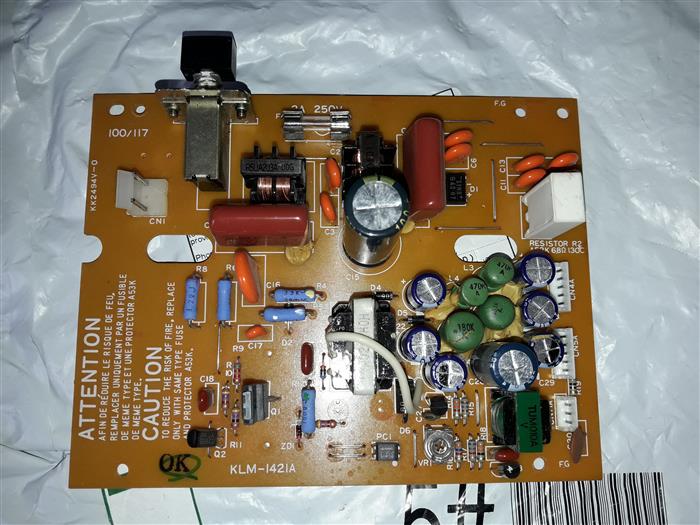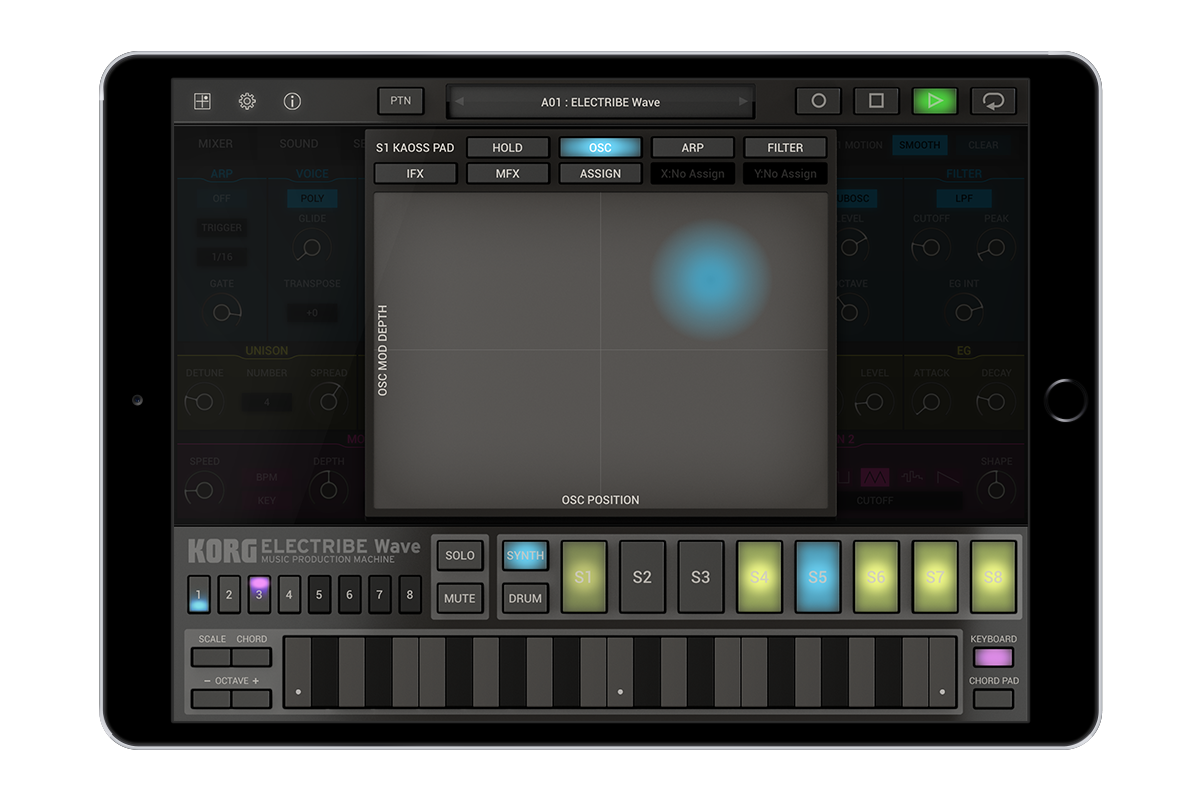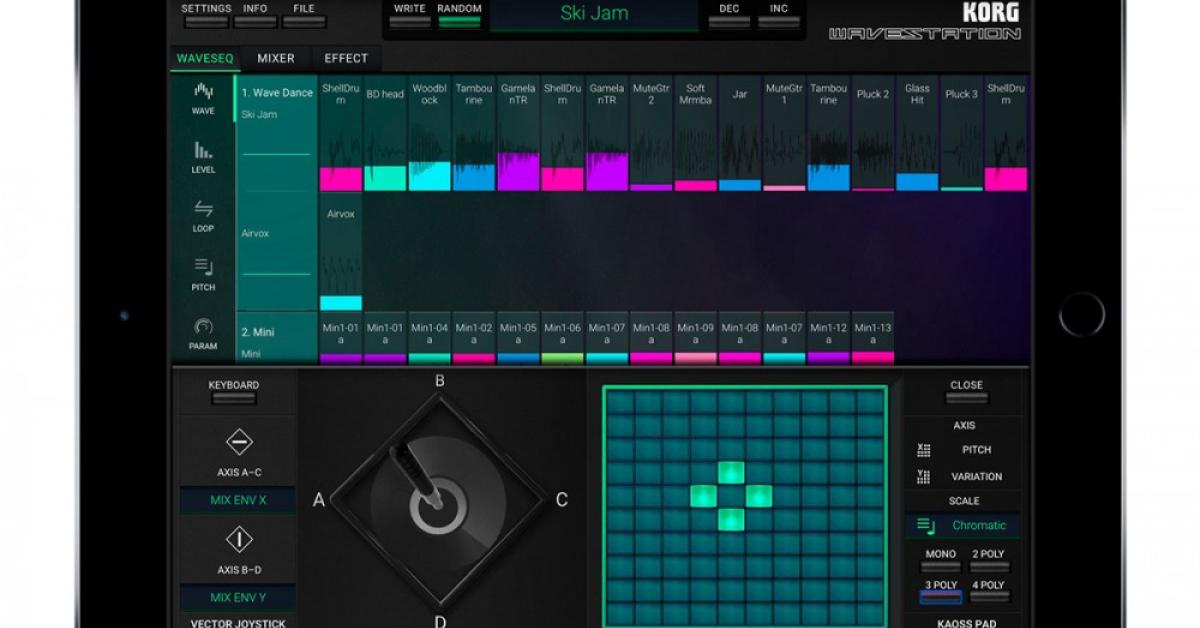
These let users draw out or compress the waveform, with results often akin to classic hard sync or pulse width modulation effects. Options here include sync – using an additional ‘phantom’ oscillator – stretch, mirror, flip and narrow. On top of these static alterations, the Morph function provides a number of ways to fluidly reshape the oscillator waveforms in real-time. There are vintage modes too, which reduce the bit rate and add aliasing to ape the quality of classic wavetable synths. There are more than 25 modes here, ranging from options that remove harmonics – such as cutting all odd or even harmonics, or skipping every third harmonic – to modes that apply fades to each wave, reverse wavetable position, apply clipping, or cut/boost the volume of either specific harmonics or the wavetable as a whole. Modifiers offer ways to alter wavetables as they’re loaded into an oscillator. (Image credit: Future) Performance and verdict Like much of Modwave’s design, it has a lot of potential to explore, but can be used more instantaneously too. There’s a further ‘shape’ lane to the sequencer too, which can sequence envelope-like contours for each step, to then be applied to other sequencer lanes. You can set loops and repeats for each lane too, and apply probabilities. In a nutshell, this provides individual sequencing lanes for pitch, timing and recorded movements of up to four parameter.Īs a result, it can be used either like a simple step sequence – by recording patterns live or inputting them offline – or as a more complex polyrhythmic generator, where parameters and timings change independently of sequenced notes. Modwave is equipped with a 64-step sequencer labelled ‘Motion Sequencing 2.0’. There are numerous ways in which users can manipulate each wavetable, including a position setting, for scanning through frames, along with Modifier and Morph tools.



There are, in fact, three different modes for each oscillator – a single wavetable mode, an A/B mode, where oscillators can blend between two wavetables, and a sample mode, making use of straightforward multisamples. Programs within each layer use two wavetable oscillators, each of which can make use of over two hundred stock wavetables. Each layer can also be configured to respond to a separate MIDI channel.

Layers A and B can each contain a full sound, including effects and an arpeggiator, and can be blended or assigned velocity or keyboard zones. The sound engine here is dual-layered and 32-voice polyphonic.


 0 kommentar(er)
0 kommentar(er)
